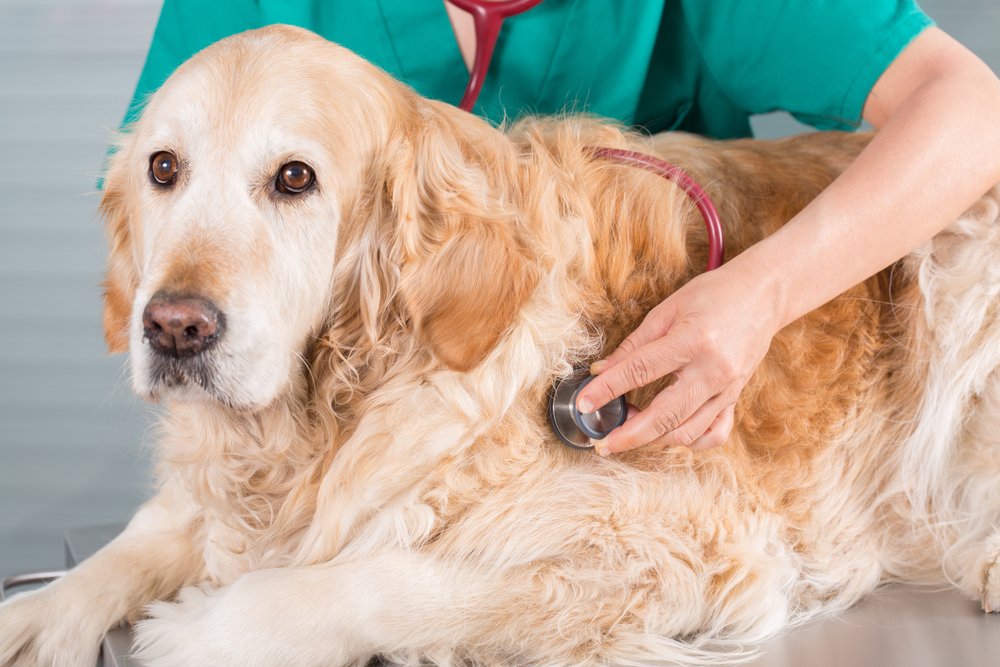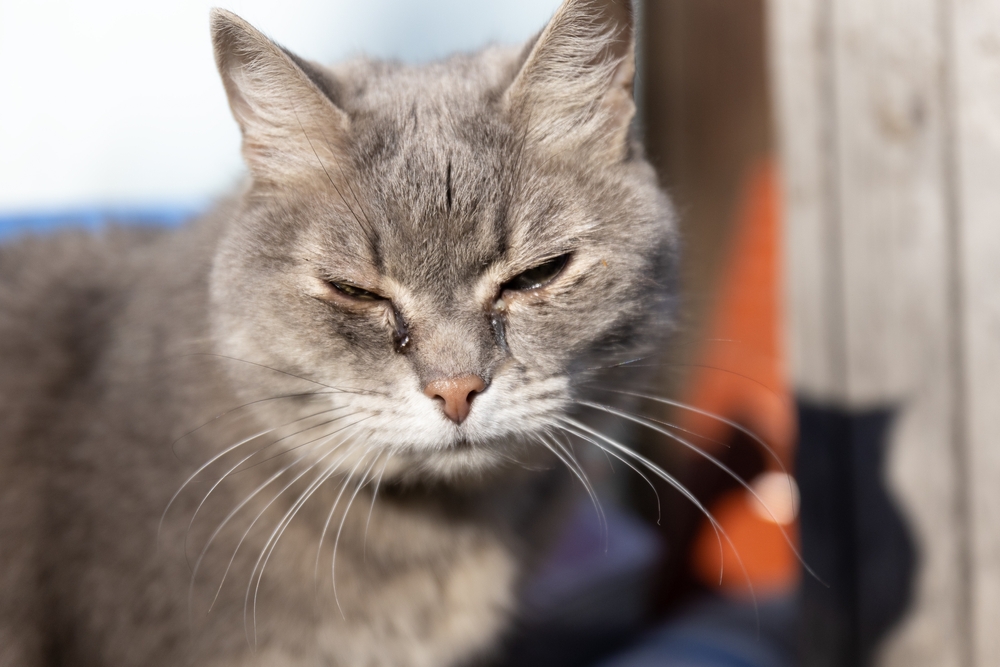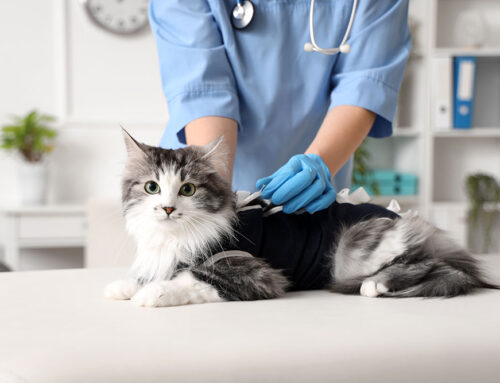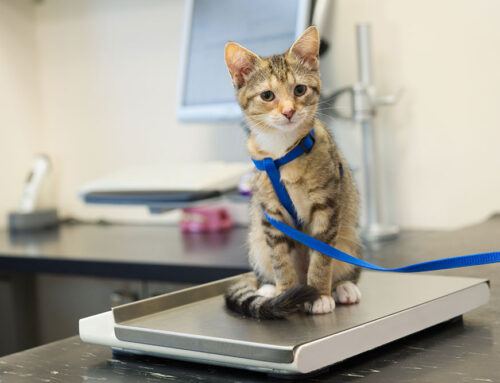Watching your cat struggle with constant itching, hair loss, vomiting, or unexplained digestive issues can be both heartbreaking and bewildering. These symptoms often leave pet parents searching for answers—and one of the most overlooked culprits is food allergies.
At Arcata Animal Hospital, we know how frustrating it can be when your cat isn’t feeling their best and nothing seems to explain why. Food allergies can develop at any age and frequently mimic other common conditions, which can make diagnosis challenging. The good news? With the right approach, food allergies are highly manageable. We’re here to help you uncover the cause, navigate the treatment process, and bring lasting relief to your cat’s daily life.
What Are Food Allergies in Cats?
Food allergies in cats occur when the immune system overreacts to a specific ingredient—most often a protein—in their diet. Unlike a food intolerance, which typically causes digestive upset, an allergy triggers an inflammatory immune response that may affect the skin, gut, or both.
How Food Allergies Develop
Your cat might have eaten the same food for years without a problem, only to suddenly react to it. This happens when the immune system begins to recognize an otherwise harmless protein as a threat. While any cat can develop allergies, genetics, environmental factors, and immune sensitivity may play a role.
Common Allergenic Ingredients
The most frequent triggers include:
- Chicken
- Beef
- Fish
- Dairy
- Eggs
Contrary to popular belief, grains are not the leading cause of food allergies in cats. Grain-free doesn’t mean allergen-free. To better understand misleading pet food trends, see Myth Busting False Claims About Pet Food – Pet Food Institute.
Why Food Allergies Need Your Attention
Left unmanaged, food allergies can dramatically impact your cat’s health and happiness. Chronic inflammation can lead to:
- Skin infections
- Ongoing digestive distress
- Weight loss
- Behavioral changes like irritability or hiding
- Secondary complications from constant licking and scratching
Allergies aren’t just uncomfortable—they’re exhausting for your cat and emotionally draining for you. Addressing the root cause is key to long-term relief.
How to Recognize the Symptoms of Food Allergies
Because food allergies can present in many ways, they’re often misattributed to fleas, environmental allergens, or seasonal conditions.
Look for These Common Signs:
- Skin Irritations: Persistent itching, excessive grooming, hair loss (especially on the face or belly), red or inflamed skin, or miliary dermatitis (tiny crusty bumps).
- Digestive Upset: Vomiting, diarrhea, flatulence, or inconsistent appetite.
- Ear Problems: Recurrent or chronic ear infections.
- Other Clues: Coughing, sneezing, or wheezing (less common, but possible).
These signs are often the result of the body’s immune system reacting to something in the diet. Learn how nutrition connects with skin health in Dermatitis: Nutrition’s Role in Itchy Pets – OVC Pet Nutrition.
Diagnosing Food Allergies: What to Expect
At Arcata Animal Hospital, we take a step-by-step approach to rule out other causes before confirming a food allergy.
Step 1: Comprehensive Exam
We’ll begin with a physical exam and review of your cat’s symptoms, history, and environment. We’ll also rule out common culprits like fleas and mites—see The Importance of Year-Round Parasite Prevention for Pets – AAHA.
Step 2: Elimination Diet Trial
The gold standard for diagnosing food allergies is a strict elimination diet trial:
- Feed a novel or hydrolyzed protein source for 8–12 weeks.
- Eliminate all treats, table scraps, flavored medications, and supplements.
- If symptoms improve, we then reintroduce the old diet to confirm the allergy.
Adherence is everything—accidental exposure to allergens can set back progress. We’ll guide you through every stage.
Treatment Options for Managing Food Allergies
Once we identify the offending ingredient, the most effective treatment is long-term avoidance—but that’s just the beginning of a comprehensive care plan.
1. Nutritional Management
- Veterinary-prescribed diets (hypoallergenic or novel protein)
- Home-cooked diets (with input from a veterinary nutritionist)
- Transition support as your cat adjusts to new food
Read more on choosing a healthy diet in Healthy Tails: How to Choose the Right Food for Your Pet – AAHA.
2. Medications for Symptom Relief
In some cases, we may recommend:
- Antihistamines
- Corticosteroids
- Immunomodulatory medications to manage inflammation and itching
3. Topical Therapy
Skin support is often essential. Medicated shampoos, wipes, or sprays can soothe irritation and control secondary infections. Learn more about their role in Topical Therapy for Allergic Dermatitis – DVM360.
What Happens if Food Allergies Are Left Untreated?
Chronic inflammation leads to more than discomfort:
- Secondary infections from open wounds or persistent licking
- Nutritional deficiencies from vomiting or diarrhea
- Behavioral changes linked to discomfort or sleep disruption
In cats, even mild discomfort can manifest in withdrawn or irritable behavior. Timely treatment helps avoid a long-term decline in health and quality of life.
Daily Life with a Food-Allergic Cat: What You Can Do at Home
Managing food allergies means making small, consistent adjustments to protect your cat:
- Stick to your prescribed diet—no exceptions
- Keep food bowls, bedding, and litter boxes clean
- Separate food bowls in multi-pet homes to prevent cross-contamination
- Provide stress relief through toys, vertical spaces, and quiet zones
Regular grooming also helps soothe skin and monitor for flare-ups. See Why Pets Need Regular Grooming – ASPCA.
Getting the Most Out of Your Veterinary Visit
Before your appointment, gather:
- A complete list of everything your cat eats (food, treats, supplements)
- Photos or videos of symptoms
- Notes on your cat’s environment, grooming, and behavior

Ask About:
- Elimination diet support
- Topical options for comfort
- Long-term allergy prevention strategies
FAQs About Food Allergies in Cats
Can my cat develop an allergy to food they’ve eaten for years?
Yes. Food allergies often develop after repeated exposure.
Is there a cure for food allergies?
There’s no cure, but most cats thrive on a long-term dietary management plan.
How long does it take to see improvement?
You’ll usually see improvement within 8–12 weeks on an elimination diet.
Can food allergies cause behavioral changes?
Yes. Chronic discomfort can lead to withdrawal, aggression, or anxiety.
You’re Not Alone—We’re Here to Help
At Arcata Animal Hospital, we know how frustrating it can be to watch your cat suffer without clear answers. You don’t have to navigate food allergies alone. With thoughtful diagnosis, science-backed care, and personalized support, we’ll help your cat feel better—and help you feel confident in their care.
Ready to take the next step? Contact us directly. You can also Meet Our Team and learn how we approach compassionate, comprehensive feline care.
Together, we can get to the bottom of your cat’s symptoms—and help them feel like themselves again.







Leave A Comment